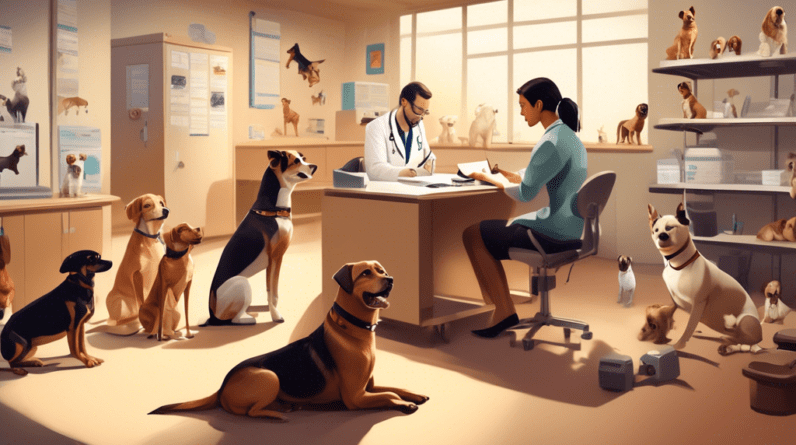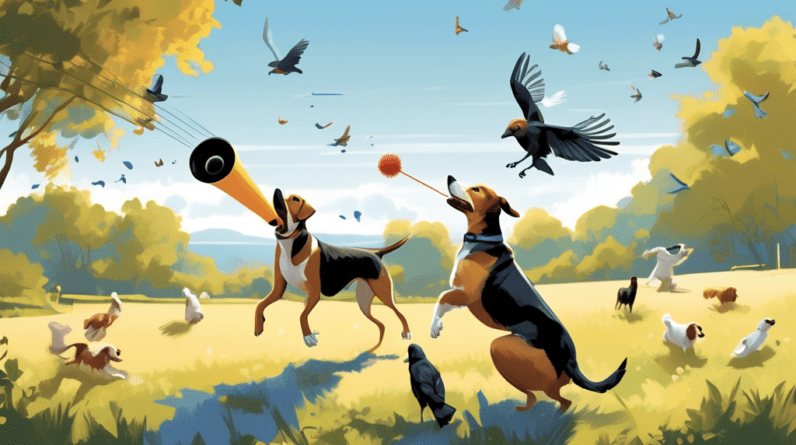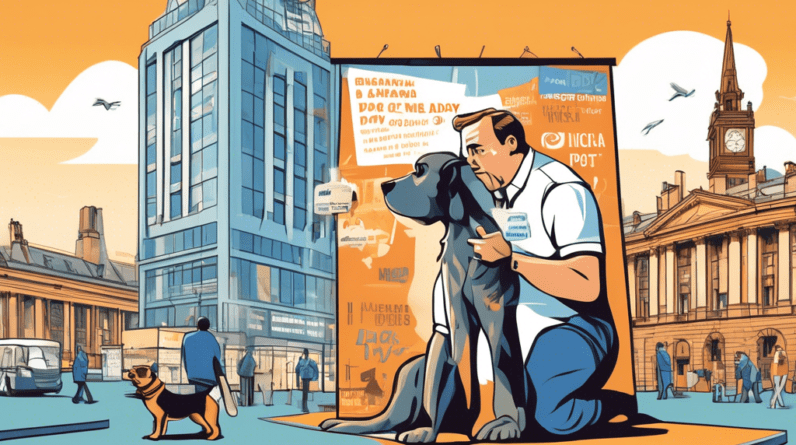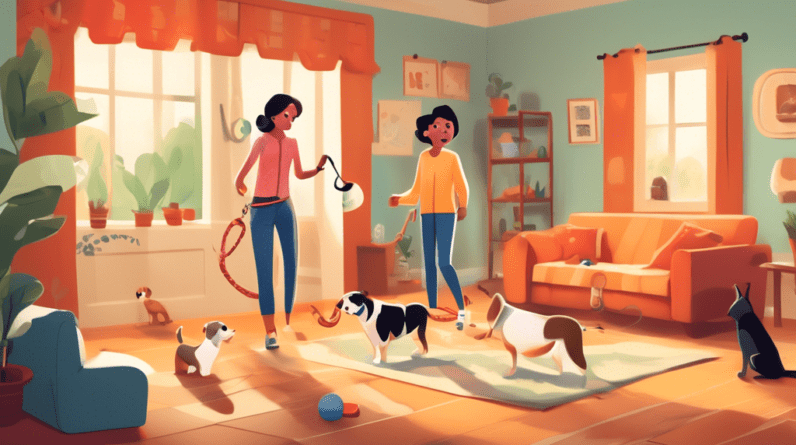
Achieving Canine Tranquility: Why It Matters
In today’s fast-paced world, even our canine companions can experience stress and anxiety. From bustling city streets to unfamiliar environments, dogs encounter a myriad of stimuli that can trigger unease. Teaching your dog to find their inner zen is not just about having a well-behaved pet; it’s about promoting their overall well-being and strengthening your bond.
Understanding Canine Stress: Beyond the Bark
Dogs might not verbalize stress in the same way humans do, but their body language speaks volumes. Recognizing the subtle signs of anxiety is crucial in addressing the issue before it escalates.
Common Signs of Stress in Dogs:
- Excessive panting or drooling
- Whining, barking, or howling more than usual
- Pacing or restlessness
- Trembling or shaking
- Yawning excessively (when not tired)
- Licking lips repeatedly
- Avoiding eye contact or turning their head away
- Tucking their tail between their legs
- Destructive behavior like chewing or digging
- Changes in appetite or bathroom habits
The Foundation of Tranquility: Building a Secure Environment
A calm and stable environment is paramount to a dog’s sense of security. This starts with providing basic needs consistently.
Key Elements of a Secure Environment:
- Safe Space: Designate a comfortable and quiet area where your dog can retreat when feeling overwhelmed. This could be their crate, a dog bed, or even a specific corner of a room.
- Predictable Routine: Dogs thrive on routine. Establish a regular schedule for feeding, walks, playtime, and sleep. This predictability fosters a sense of security.
- Physical Exercise: A tired dog is a happy dog. Regular physical activity not only expends energy but also releases endorphins, which have mood-boosting effects.
- Mental Enrichment: Keep your dog mentally stimulated with puzzle toys, interactive games, and training sessions. Mental exercise can be just as tiring as physical activity and helps prevent boredom.
Essential Skills for Canine Tranquility
Just like humans, dogs benefit from learning techniques to manage stress and anxiety. Here are some valuable skills that can significantly contribute to your dog’s inner peace:
1. Basic Obedience Training: The Power of Structure
Teaching basic commands like sit, stay, come, and down provides your dog with a sense of structure and predictability. This predictability, in turn, can reduce anxiety. When a dog understands what’s expected of them, they feel more confident and secure.
2. Leash Training: Walking the Path to Calm
Leash training is not just about preventing your dog from pulling you down the street; it’s about establishing control and communication during walks. A well-trained dog on a leash is less likely to react impulsively to external stimuli, creating a more peaceful experience for both of you.
3. Crate Training: A Safe Haven, Not a Confinement
A crate, when introduced correctly, can be a powerful tool for canine tranquility. It provides a safe space where your dog can retreat to relax, de-stress, and enjoy some alone time. Never use the crate as punishment.
4. Socialization: Navigating the World with Confidence
Proper socialization during puppyhood is crucial for developing a well-adjusted adult dog. Exposing your dog to various sights, sounds, people, and—most importantly—other dogs in a positive and controlled manner helps them build confidence and reduce fear of the unknown.
5. Alone Time Training: Fostering Independence
While we cherish the bond with our furry friends, it’s equally important to teach them to be comfortable alone. Gradually acclimate your dog to short periods of solitude, rewarding them for calm behavior. This prevents separation anxiety and promotes a sense of independence.
Advanced Techniques for Deepening Tranquility
Once your dog has mastered the basics, consider exploring these advanced techniques to elevate their tranquility to new heights:
1. Desensitization and Counterconditioning: Changing Negative Associations
If your dog exhibits fear or anxiety towards specific triggers, desensitization and counterconditioning can be incredibly effective. This involves gradually exposing your dog to the trigger at a low intensity, pairing it with positive reinforcement like treats or praise. Over time, your dog learns to associate the once-feared stimulus with something positive.
2. Trick Training: Engaging the Mind, Calming the Soul
Trick training goes beyond basic commands, providing mental stimulation and boosting your dog’s confidence. Teaching your dog fun tricks like shake paws, play dead, or fetch specific toys engages their mind, tires them out mentally, and strengthens your bond.
3. Dog Sports: Channeling Energy, Building Teamwork
For high-energy dogs, participating in dog sports can be a fantastic outlet for their physical and mental energy. Agility, obedience, rally, and flyball are just a few examples of sports that provide structure, challenge, and bonding opportunities—all of which contribute to a more tranquil state of mind.
4. Massage and Touch: The Power of Physical Connection
Just like humans, dogs can benefit from the calming effects of touch. Regular massage can help relieve muscle tension, reduce stress hormones, and promote relaxation.
Seeking Professional Guidance
If your dog exhibits severe anxiety or you’re struggling to address their behavioral issues, don’t hesitate to seek professional help. A certified professional dog trainer or a veterinary behaviorist can assess your dog’s specific needs and develop a tailored training plan.
Finding the Right Professional:
- Certified Professional Dog Trainer (CPDT-KA): These trainers have met specific education and experience requirements and adhere to a code of ethics.
- Veterinary Behaviorist (DACVB): These are veterinarians who have undergone additional training and certification in animal behavior. They can diagnose and treat behavioral disorders, and in some cases, prescribe medication.
A Lifelong Journey of Tranquility
Achieving canine tranquility is not a destination; it’s an ongoing journey of understanding, patience, and consistency. By investing time and effort into building a secure environment, teaching essential skills, and addressing any underlying anxiety, you can help your furry friend navigate the world with confidence and embrace a state of inner peace. The bond you share will deepen, and the joy you both experience will be immeasurable.






